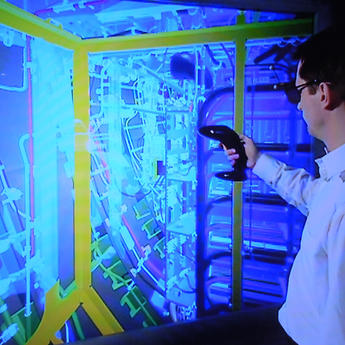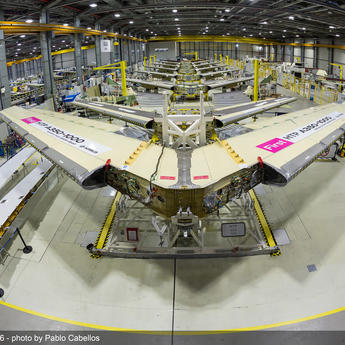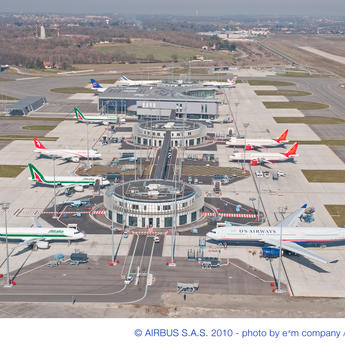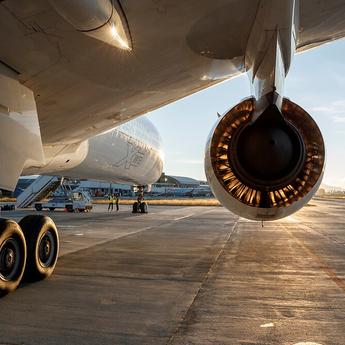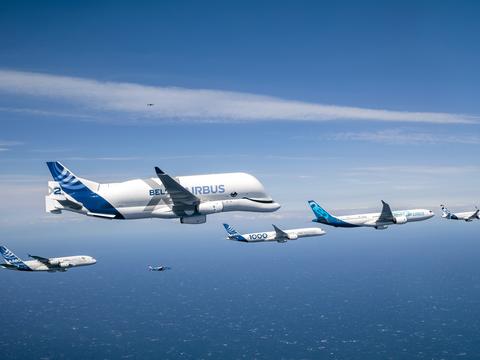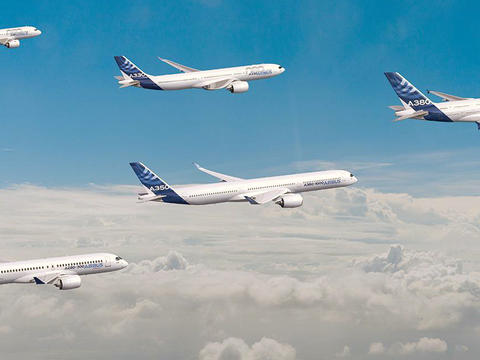From development to end-of-life
Airbus has built more than 15,500 commercial aircraft during the company’s 50-plus year history, maintaining a leadership position through a focus on innovation, performance and efficiency.
Learn more about the life cycle of an aircraft: design, test and certification, production, delivery and operating life.
Learn more about the life cycle of an aircraft

A proven international system
The production of Airbus aircraft benefits from a truly international industrial system with cooperation across the company’s global footprint, partnered with a worldwide supply chain.
Airbus has evolved how its airplanes are built. New digital technologies help to deliver on time while maintaining quality, keep flexibility to adjust aircraft production, and reduce the impact of manufacturing activities on the environment for improved sustainability.
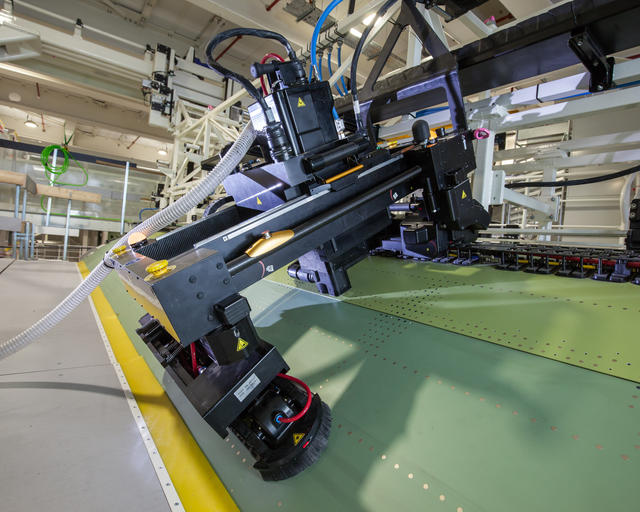
Transforming how an aircraft is built
Looking to the future, Airbus is undertaking a major transformation called DDMS (Digital Design Manufacturing & Services), responding to the increasingly competitive marketplace, while also preparing for the next generation of low-emission aircraft.
To achieve this ambition aircraft manufacturing and assembly is evolving to bring in new processes, tools and jobs for a different way to design and build aircraft, while also offering an improved workspace for employees.
With increased modular design and customisation capabilities the next industrial system will leverage higher levels of standardisation and commonality of parts and major components, enabling new Build-To-Stock and Build-to-Order decoupled approaches. In the factories, teams will benefit from even more digital and connected processes, tools and devices. This will enable just-in-time operations and flexibility to produce and assemble aircraft faster, in a cleaner, more efficient and even safer environment. They will perform activities with more added value, supported by robots and using lighter-weight tooling.
This ambitious makeover will enable Airbus to adapt production rates more rapidly to meet customer demand, further enhance quality, increase flexibility in the delivery of aircraft, lower the environmental impact by decarbonising manufacturing activities, and reduce costs.
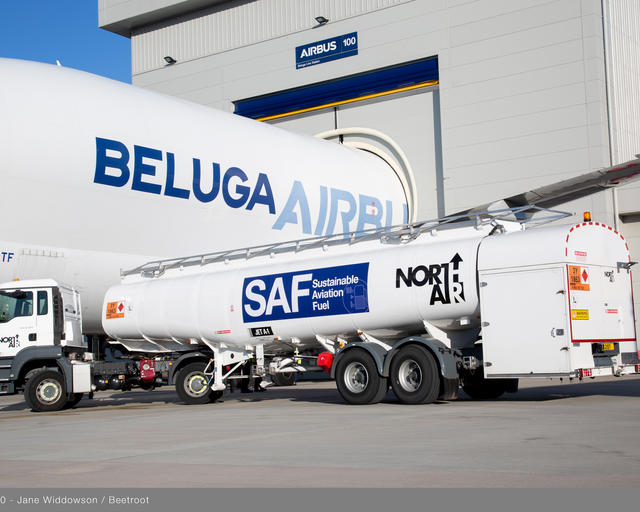
From co-design to automation to decarbonisation
Four concepts will be the drivers for Airbus’ industrial system transformation: co-design; digitalisation of manufacturing processes and tools; robotics and decarbonisation.
Co-design is all about designing the new programmes at the same time as Airbus designs the industrial system, integrating the needs of manufacturing and involving the supply chain in this overall process.
Digitalisation of manufacturing processes and tools will ensure end-to-end data continuity – from engineering to manufacturing. This will facilitate data continuity and flow, transparent collaboration, enabling substantial gains in terms of performance and efficiency, lead times, standardisation and access to operational information.
The increasing use of robotics in Airbus’ industrial system will substantially contribute to reduce production costs and increase quality standards. It will also enable teams in the manufacturing areas to concentrate on added-value activities, letting robots do the repetitive, difficult or low added-value tasks, increasing safety and overall well-being in the manufacturing areas.
The industrial system’s transformation is also driven by the ambition of Airbus to decarbonise its overall industrial activities, further limiting their impact on the environment. This includes reducing or eliminating harmful materials and chemicals on the shop floors, cutting back on the use of water and energy in manufacturing areas, and increasing the use of 3D printed parts – even with reused materials.

